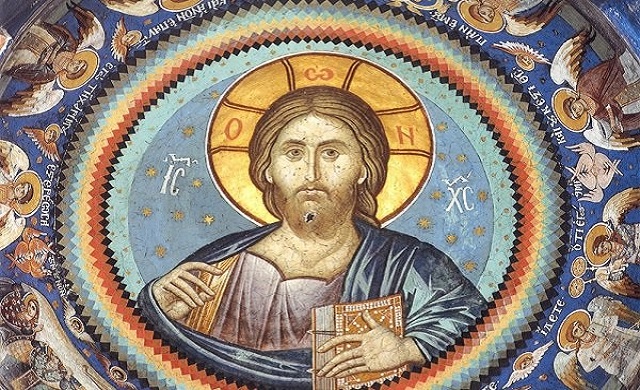The Bread of Life (Matth. 14, 14-22)
2 August 2020Feeding the hungry people in Palestine was a Messianic sign: someone who gave food to the multitudes, especially in a supernatural way could not be other than the awaited Messiah. This is why, at the moment of temptation after His baptism, Satan says to Christ: ‘If you’re the Son of God, make these rocks into loaves of bread’ (Matth. 4, 3; Luke 3-4), only to be given the answer that people don’t live by bread alone, but by every word which comes from the mouth of God. And yet, when He Himself judged the best moment to have arrived, He performed the miracle of the multiplication of the loaves and fed five thousand people.

This event is related by all the Gospel writers (Mark 6, 31-44; Matth. 14, 14-22; Luke 15, 32-39; John 6, 1-15), not merely because it was impressive and unique of its kind, but because it contains within it a more profound symbolism and a greater significance. If the fact that, in today’s world, with all our riches and productive resources, millions of people are underfed or starving is a wonder of hate and wickedness which astonishes all of us, how much more amazing is the miracle of God’s love in feeding five thousand people with fives loaves and two fishes.
In the miracle described in today’s Gospel reading, the Church saw something of deeper significance: it recognized the ‘bread of life’, real nutrition. Those who eat of it enjoy eternal life, without fear of hunger or death. This bread is the Son of God Himself, Who was willing to die on the cross so that we might live.
Immediately after his narration of the miracle, Saint John the Evangelist quotes a homily by Christ on the Divine Eucharist, in which, among other things, He says: ‘Whoever eats my flesh and drinks my blood has eternal life, and I will raise them up at the last day’ (Jn. 6, 54). The Fathers of the Church very wisely call the body and blood which are offered to us at the sacrament of the Divine Eucharist, ‘the medicine of immortality’, because this nourishment doesn’t satisfy our material needs, but rather the hunger and thirst for eternity.
According to the narrative of the miracle in Saint John, this is the reason why Christ avoided displays of enthusiasm on the part of the people. The latter saw the multiplication of the loaves in terms of meeting their material needs. They couldn’t wait to seize hold of their powerful protector and declare Him king. But Jesus slipped away and went up onto a mountain to pray. People were to go beyond the outward sign. Their mind should have been fixed on the Church which was to be founded and for which the miracle which had just been performed was a prefiguration of the Divine Liturgy. The terminology of this event (‘taking’, ‘looking up to heaven’, ‘he blessed’ and ‘broke the bread’ reminds us of the narrative of the Last Supper (Matth. 26, 26-29; Mark 14, 22-25; Luke 22, 15-20). And we might add another feature from the iconographic tradition of the Church, which reinforces this interpretation: the presence of fish in the symbolic depictions of the Divine Eucharist on the walls of the catacombs testifies to the fact that the Church saw the miracle of the multiplication of the loaves as the feeding of people with the ‘bread of life’.
The message of this extract can be summarized as follows: Christ doesn’t represent only a beautiful and sublime teaching which elevates us in moral terms. The essence is the sacrament, that of the bread and wine, which is the source of life and the medicine of immortality. ‘If anyone eats of this bread they will live forever’ (Jn. 6, 51).






